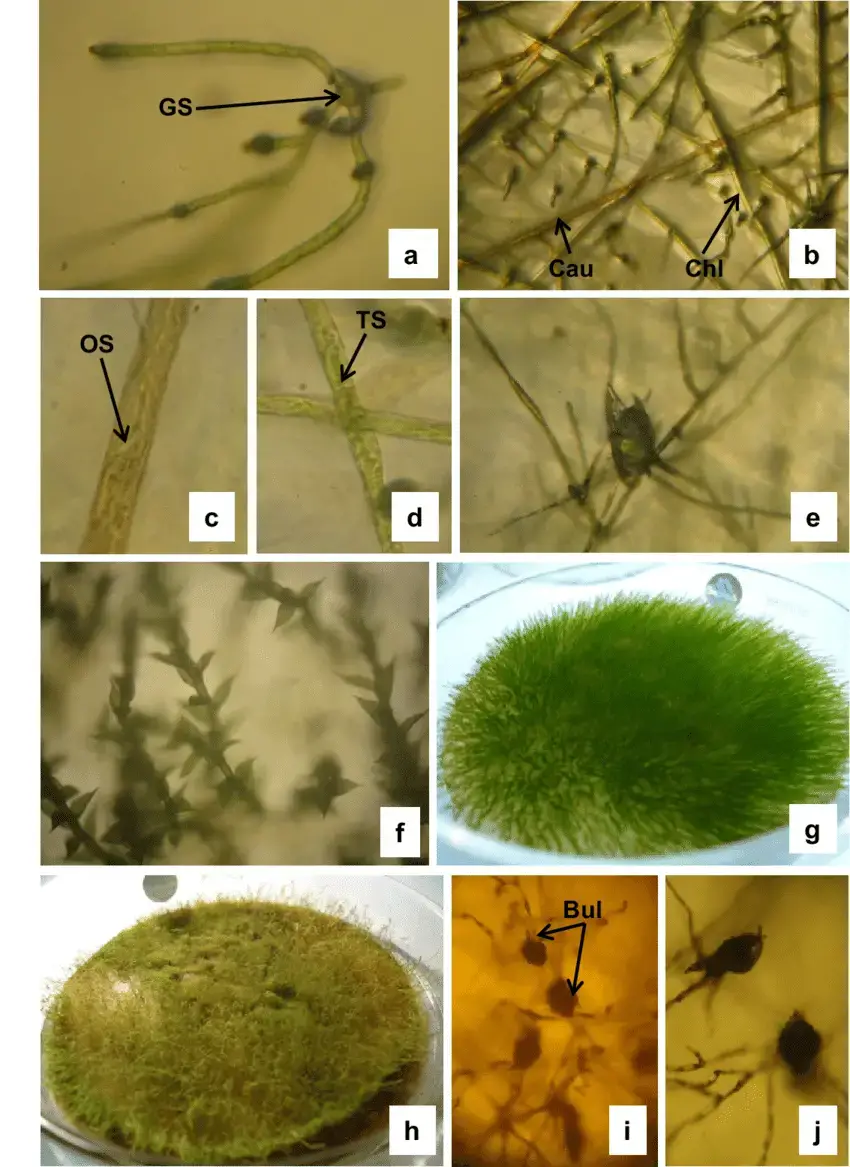
a-j-In-vitro-growth-of-Bryum-dichotomum-Hedw-a-Germinated-spore-b-a-portion-of.png from: https://www.researchgate.net/figure/a-j-In-vitro-growth-of-Bryum-dichotomum-Hedw-a-Germinated-spore-b-a-portion-of_fig2_269775914
Exploring the Fascinating World of Entodon macropodus Moss
Mosses are small but mighty plants that play important roles in ecosystems around the world. One particularly interesting species is Entodon macropodus (Hedw.) Müll.Hal., a moss in the Entodontaceae family. Also known simply as Entodon, this moss has some unique features that make it stand out. Let’s take a closer look at the wonderful world of Entodon macropodus!
Background on Bryophytes and Mosses
Before diving into the specifics of E. macropodus, it’s helpful to understand what mosses are. Mosses are non-vascular plants in the division Bryophyta. They lack true roots, stems, and leaves like other land plants. Instead, they have root-like rhizoids, stem-like structures, and leaf-like phyllids. Mosses reproduce via spores rather than seeds and are found in moist habitats worldwide.
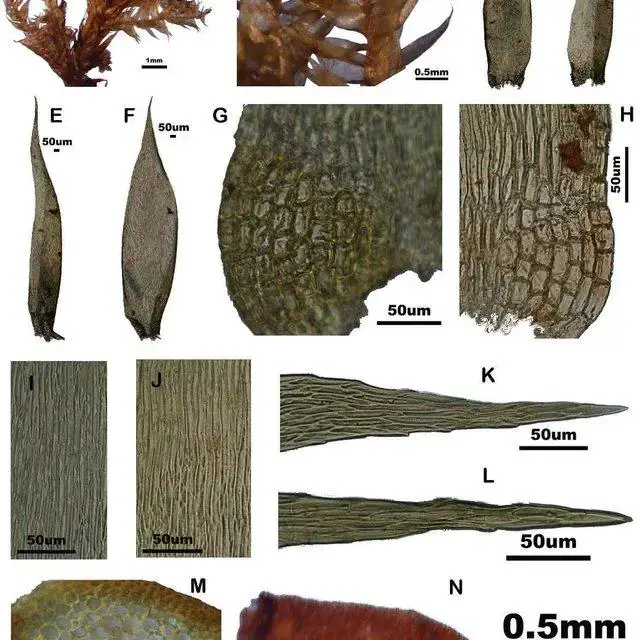
Entodon-divergens-A-Habit-B-Branch-C-D-Stem-leaves-E-F-Branch-leaves-G-Alar_Q640.jpg from: https://www.researchgate.net/figure/Entodon-macropodus-A-Habit-B-Branch-C-D-Stem-leaves-E-F-Branch-leaves-G-Alar_fig10_232693390
The class Bryopsida

Entodon-plicatus-MullA-B-Habit-C-Branch-Leaf-D-Stem-Leaf-E-Perichaetial-Leaf-F_Q640.jpg from: https://www.researchgate.net/figure/Entodon-macropodus-HedwMull-A-B-Habit-C-Leaf-D-Perichaetial-Leaf-E-Leaf-Tip_fig2_344995345
contains the “true mosses” like Entodon. There are over 12,000 moss species that play key roles as pioneer species, in nutrient cycling, erosion control, water retention, and providing habitat for other organisms.
Morphology and Identification of Entodon macropodus
E. macropodus is a pleurocarpous moss, meaning it has a branching, mat-forming growth habit. The stems can reach 5-10 cm long. The phyllids are ovate-lanceolate with a strong midrib
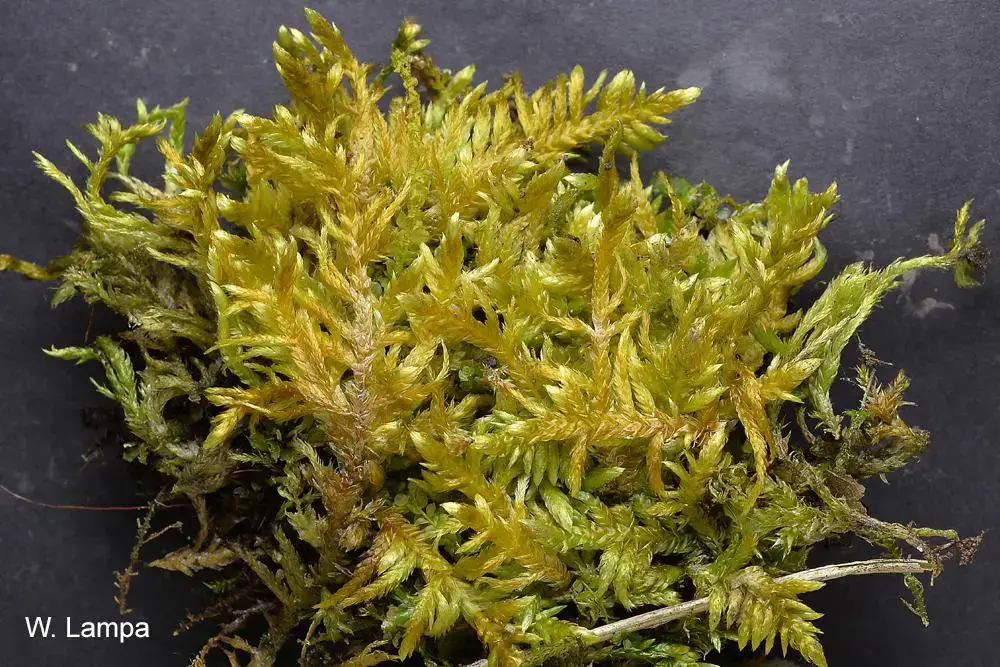
Entodon_cladorrhizans_M20008_1586708066_lg.jpg from: https://www.gbif.org/es/species/9415978
extending 1/2 to 2/3 the phyllid length. Phyllid margins are entire to minutely serrulate.
The sporophytes have elongate, cylindrical capsules that are erect to inclined. The peristome is double with well-developed exostome teeth. Spores are spherical and papillose, measuring 12-18 μm in diameter.
Global Distribution and Habitat
Entodon macropodus has a wide distribution, being found in Asia, Africa, Australia, and the Americas. It typically grows on tree trunks, logs, and rocks in moist forests from lowlands to 2000 m elevation. The species is quite common and tolerant of some disturbance.
Ecological Roles and Adaptations
As an epiphytic moss, E. macropodus plays a role in intercepting and retaining water and nutrients in forest canopies. The dense mats help regulate moisture and buffer temperature fluctuations
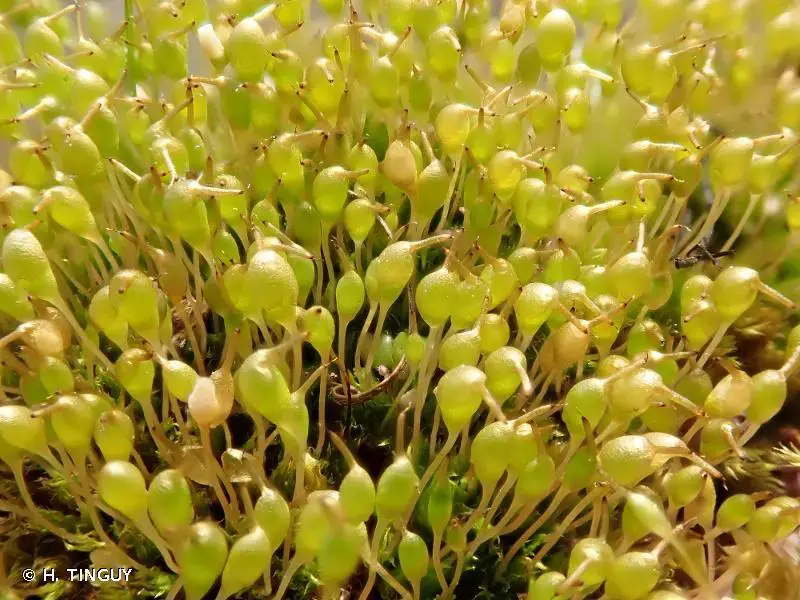
400879.jpg from: https://inpn.mnhn.fr/espece/cd_nom/5642/tab/taxo
for other canopy organisms. The moss also likely contributes to nutrient cycling as it decomposes.
E. macropodus has several adaptations for living in tree canopies:
- Branching growth form allows it to efficiently capture water and debris
- Thick midribs help conduct water internally
- Rhizoids anchor the moss to bark
- Tolerates desiccation by drying out and rehydrating quickly
Entodon Moss Uses and Fun Facts
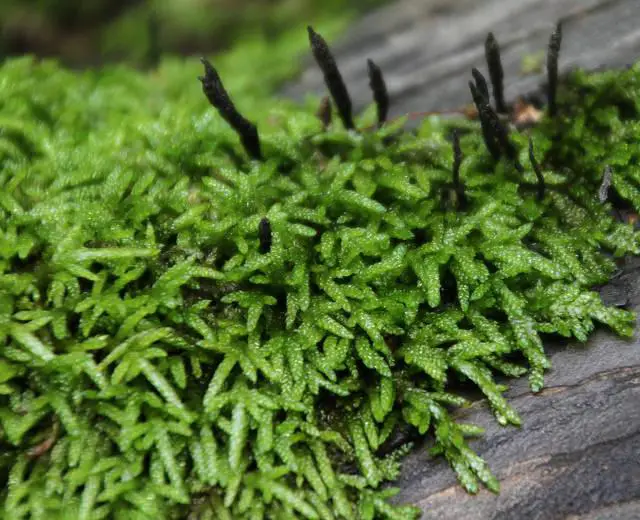
jim__stasz_14733824482_ce21ef0502_z.jpg from: https://www.marylandbiodiversity.com/view/10735
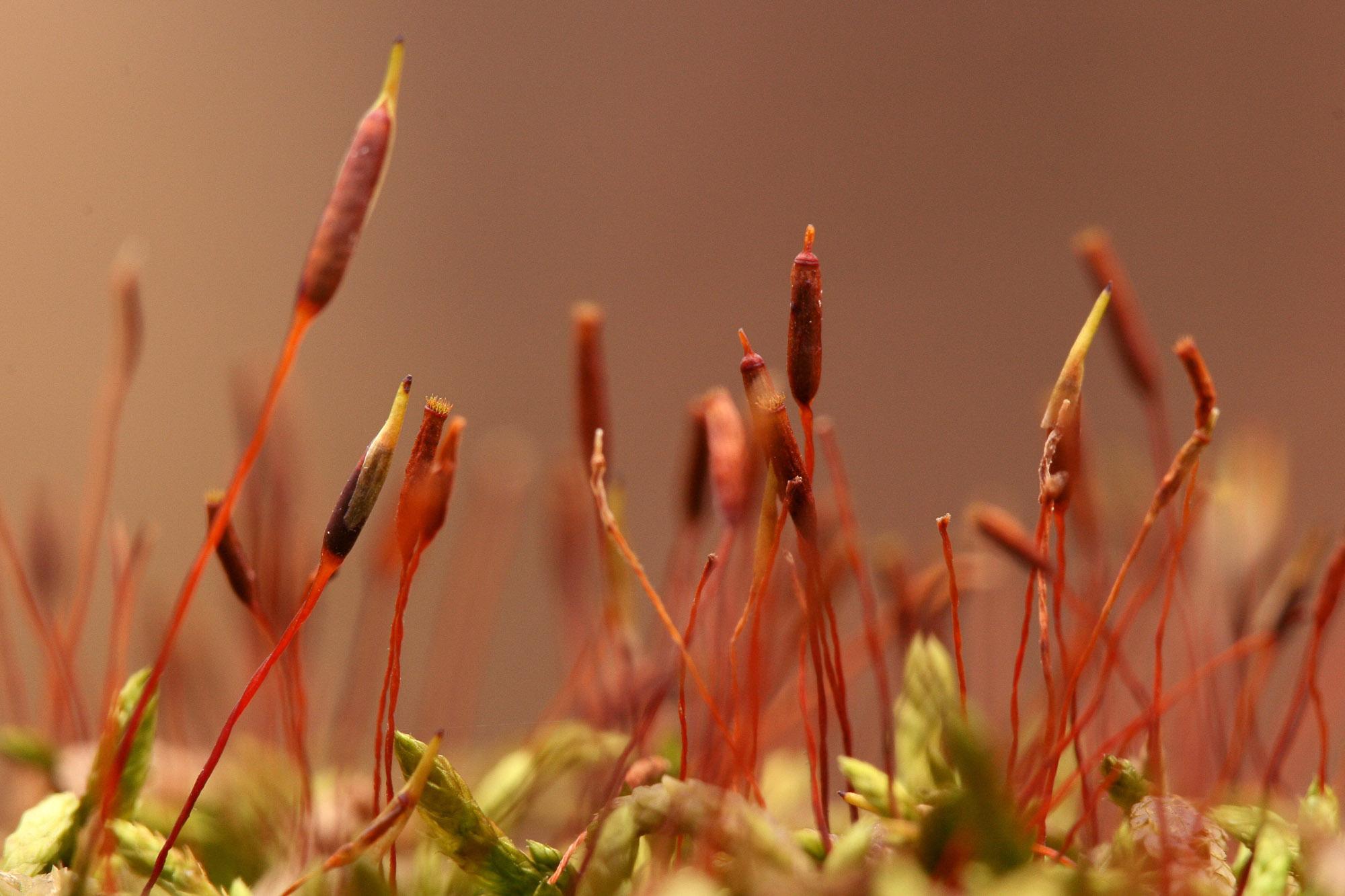
Entodon-seductrix-17.jpg from: https://ohiomosslichen.org/moss-entodon-seductrix/
- Entodon mosses have been used as packing material, wound dressings, and for starting fires
- Some Entodon species are used in traditional Chinese medicine
- There are over 100 Entodon species worldwide
- The genus name comes from the Greek “entodon” meaning “inner teeth”, referring to the peristome
| Characteristic | Description |
|---|---|
| Division | Bryophyta |
| Class | Bryopsida |
| Family | Entodontaceae |
| Genus | Entodon |
| Species | E. macropodus |
| Growth form | Pleurocarpous |
| Stem length | 5-10 cm |
| Phyllid shape | Ovate-lanceolate |
| Midrib length | 1/2 to 2/3 phyllid length |
| Capsule shape | Elongate, cylindrical |
| Spore size | 12-18 μm |
Conclusion
Entodon macropodus is a fascinating moss with a wide distribution and important ecological roles. Its unique morphology and adaptations allow it to thrive in forest canopies. Next time you’re in the woods, take a closer look and see if you can spot this mighty moss! What other amazing bryophytes have you encountered?